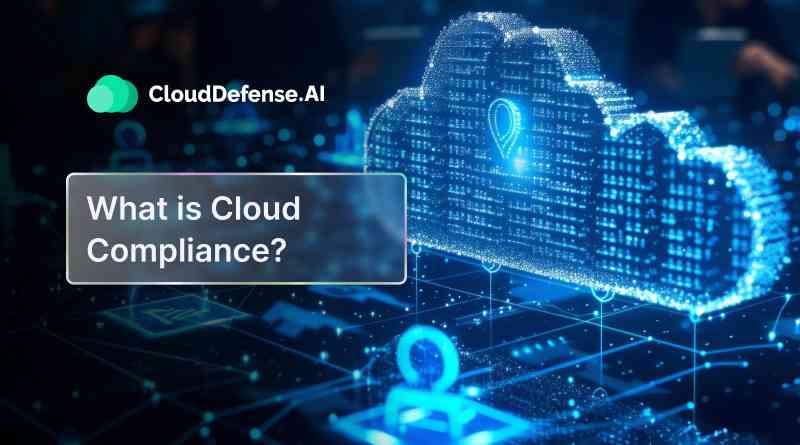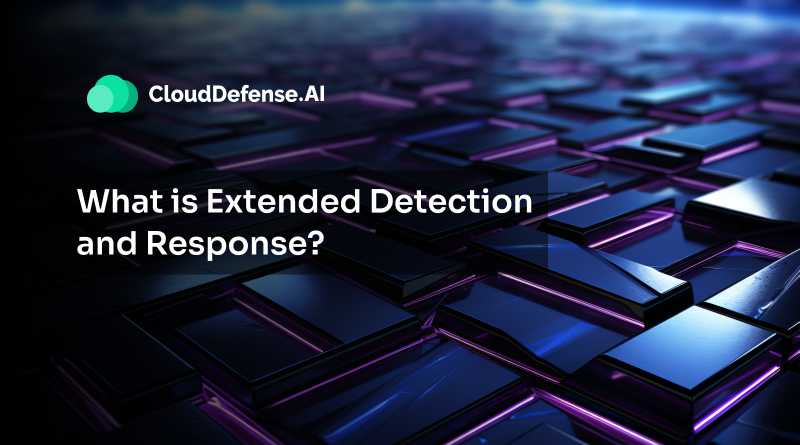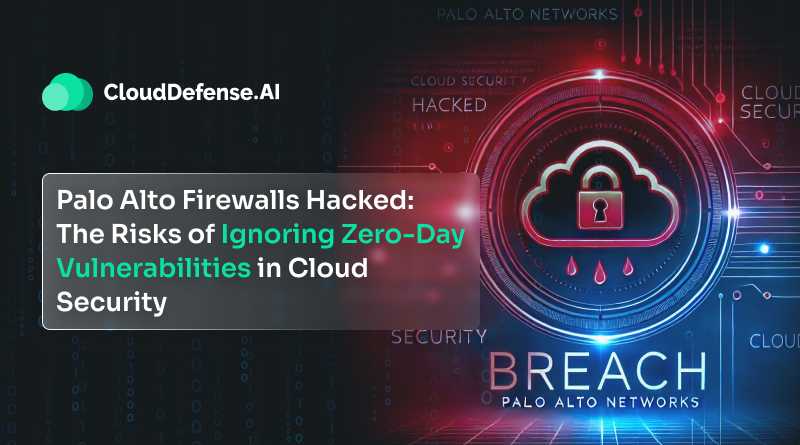What is a Common Vulnerability Scoring System (CVSS)?

The Common Vulnerability Scoring System (CVSS) is a standardized framework for assessing the severity of software vulnerabilities, providing a numerical score to prioritize risk and inform mitigation efforts. What is CVSS? The Common Vulnerability Scoring System (CVSS) is a standardized method for assessing the severity of security vulnerabilities in software and systems. It assigns each […]
What is Cloud Compliance?

Cloud compliance ensures cloud services adhere to regulatory, industry, and organizational standards, protecting data security, privacy, and integrity through policies, audits, and practices. How does Cloud Compliance Work? Cloud compliance is overseen by the IT team of a company, mainly because they are directly involved with handling enterprise data. However, effective compliance management asks for […]
What is Network Security? Definition, Types, and Benefits

Network security is the practice of protecting networks against unauthorized access, breaches, and disruptions. It includes various technologies, policies, and practices to maintain data integrity and protect sensitive information. What is Network Security? Network security indicates the technologies, procedures, policies, and devices that are involved in protecting your network and data from cyberattacks, intrusion, and […]
What is Web Application and API Protection (WAAP)?

Web Application and API Protection (WAAP) is a security solution that primarily protects web applications and APIs from threats like attacks, vulnerabilities, and data breaches, thereby ensuring safe and secure digital experiences. What is WAAP? WAAP stands for Web Application and API Protection. Pretty self-explanatory, right? So basically, WAAP is a suite of cloud-based security […]
What is Edge Computing?

Edge Computing processes data closer to its origin rather than relying on centralized cloud servers. This reduces latency, enhances real-time processing, and supports applications in IoT, gaming, and beyond. What is Edge Computing? Edge computing is a modern computing approach designed to process data closer to where it’s generated, whether that’s a factory floor, a […]
Man in the Middle (MITM) Attack?

A Man-in-the-Middle attack occurs when a hacker intercepts and manipulates communication between two parties without their knowledge, potentially stealing sensitive data or altering the information exchanged. What is MITM Attack? A man-in-the-middle or MITM is a type of cyberattack where a cybercriminal places themselves between two parties and stealthily intercepts or eavesdrops on their message. […]
Palo Alto Firewalls Hacked: The Risks of Ignoring Zero-Day Vulnerabilities in Cloud Security

Over 2000 Palo Alto firewalls—key defenses in corporate and government networks—have been compromised. Hackers exploited newly uncovered vulnerabilities, targeting some of the most trusted systems in cybersecurity. If you’re responsible for network security, this isn’t just a story to follow; it’s a threat to analyze immediately. In fact, the scale of this attack is alarming. […]
Top 5 Application Security Best Practices

The risks surrounding application security are no longer hypothetical—they’re a harsh reality. Every line of code you write could be an entry point for a cyberattack. With breaches making headlines almost daily, the importance of securing your applications has never been clearer. But what steps are you taking to protect your software? Keep reading as […]
What is Code to Cloud Security?

Code to cloud security is a modern security approach that protects your application from the time you write the code until you launch it in the cloud. What is Code to Cloud Security? Code to Cloud Security is a practice designed to secure cloud-based applications throughout their lifecycle. It aims to minimize vulnerabilities using a […]
What Is Cloud Encryption?

Cloud encryption is a data protection method that converts data into secure code before storing or transmitting it in the cloud. This ensures privacy and protects sensitive information.



